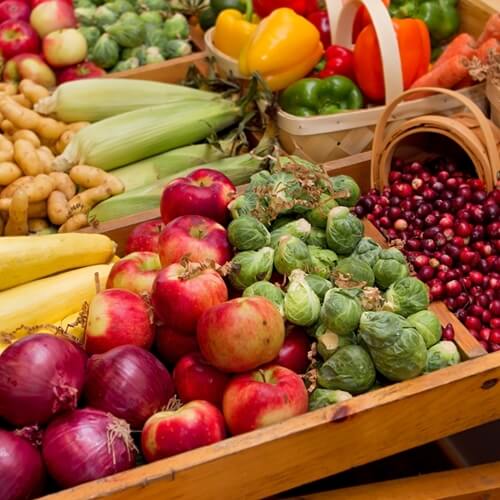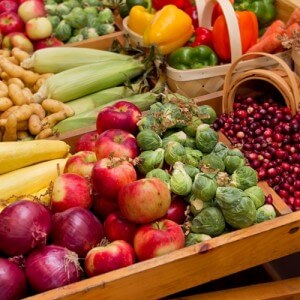About The Farm To Table Movement

If you keep up with culinary trends for your online chef courses, you’re probably well aware of the farm to table movement. This movement of buying produce and meat grown and ranched in the same region as you is becoming increasingly widespread among restaurants and individual consumers alike. More restaurants are creating seasonal menus with the intention of serving only the freshest food possible.
This isn’t a new concept in the U.S. According to the Leopold Center for Sustainable Agriculture almost everything the country ate was produced within 50 miles of where it was eaten in the early 1900s. However, as the country industrialized and became more urban, farms shut down and purchasing local food wasn’t always possible. It’s made a resurgence in the past decade, when more people became concerned with the quality of the food that they were eating, as opposed to the convenience and price. Buying local products tends to be a bit pricier than buying produce from your nearest big box store, because independent growers don’t grow in as big of bulk as industrial farms, but consumers are finding the extra money to be worth it.
There are many reasons that the farm to table movement is exciting. For one, according to South Source, buying local is better for the environment than buying from a superstore. The average 18 wheeler transporting produce across the country – or into another country, in some cases – burns about 500 gallons of diesel fuel per 1,500 miles. With farm to table produce traveling a couple hundred miles at most, there is much less environmental impact. Other benefits of buying local include:
Buying local supports your local economy
When restaurant owners establish relationships with local farmers, they’re not only fostering the farmer’s business, but theirs as well. By keeping money in the community, everyone is supporting each other. This creates a sustainable cycle of money making it’s way through local businesses and back to you.
It’s good for restaurant owners
The quality of the food is the most important aspect of a restaurant. If the food isn’t good, customers won’t come back. One benefit of serving local food is that it stays fresher longer. According to the study by the Leopold Center for Sustainable Agriculture, the average fruit or vegetable travels over a thousand miles before reaching the consumer. This could mean that it was picked days before it even gets to the restaurant, leaving owners with a small turnaround window if they want their produce in peak condition. Purchasing locally allows restaurant owners a longer turnaround time, as well as a smaller chance of having to waste food if it goes bad.
It can be more nutritious
In order for produce to fully develop all of its vitamins and minerals, as well as its peak flavor, it needs time to completely ripen. This is done best on its stem or stalk. Industrial farmers tend to pick produce prematurely so it hasn’t passed it’s expiration date before it gets to its consumer. Buying local ensures that your produce has had ample time to mature, as it doesn’t have far to travel.




